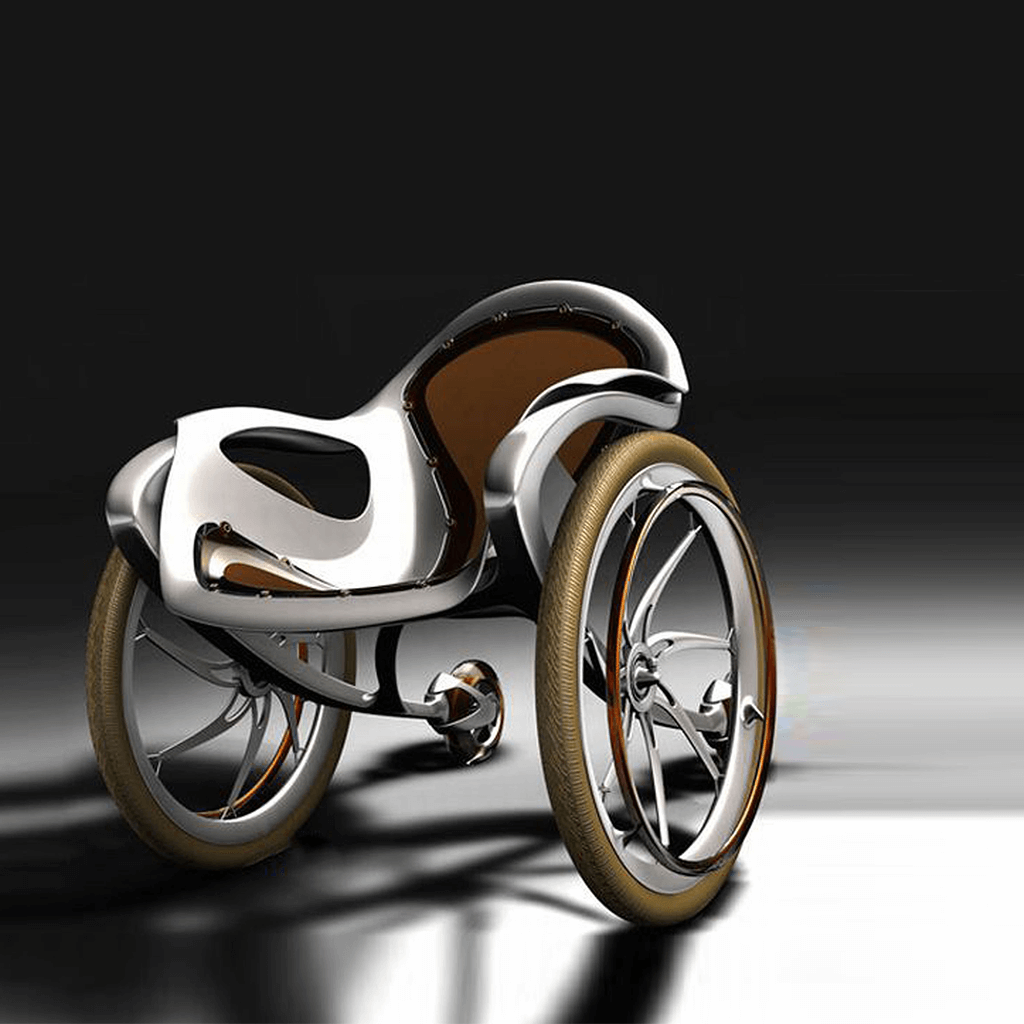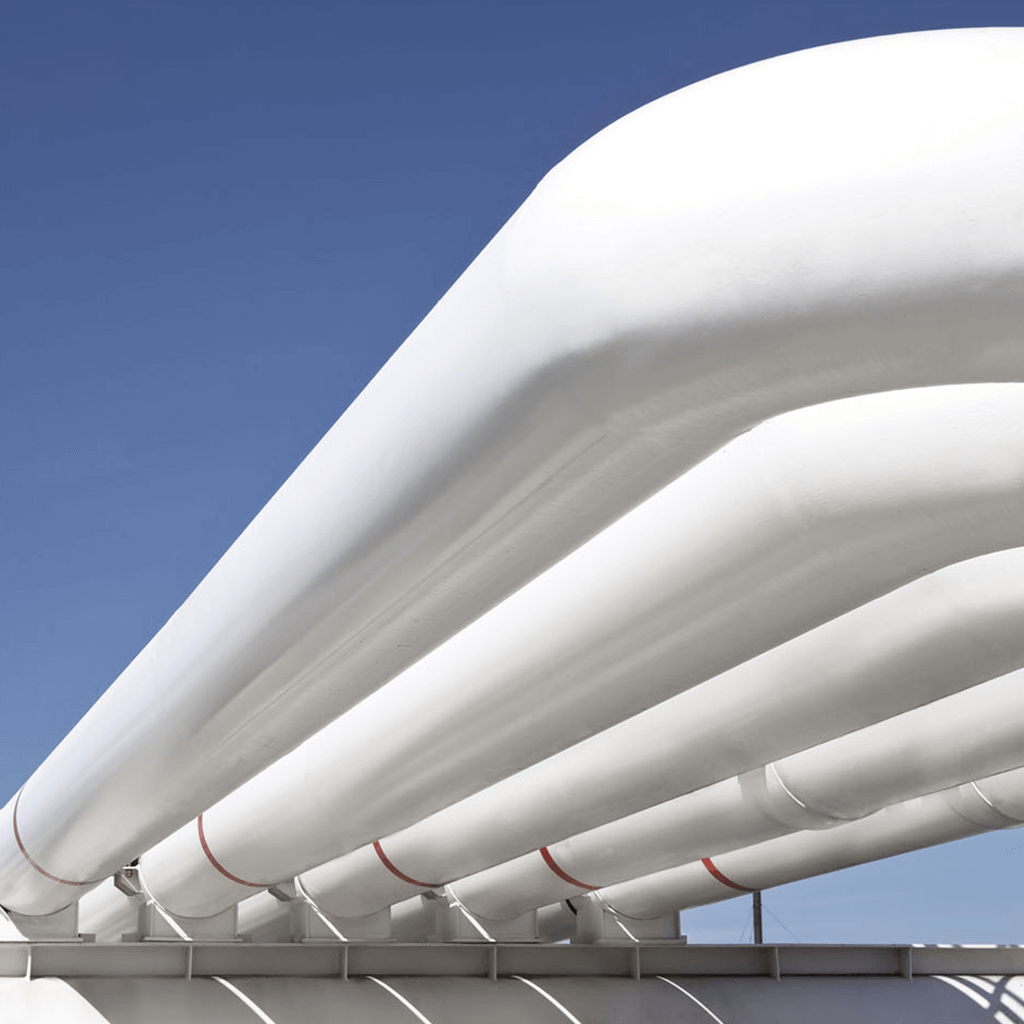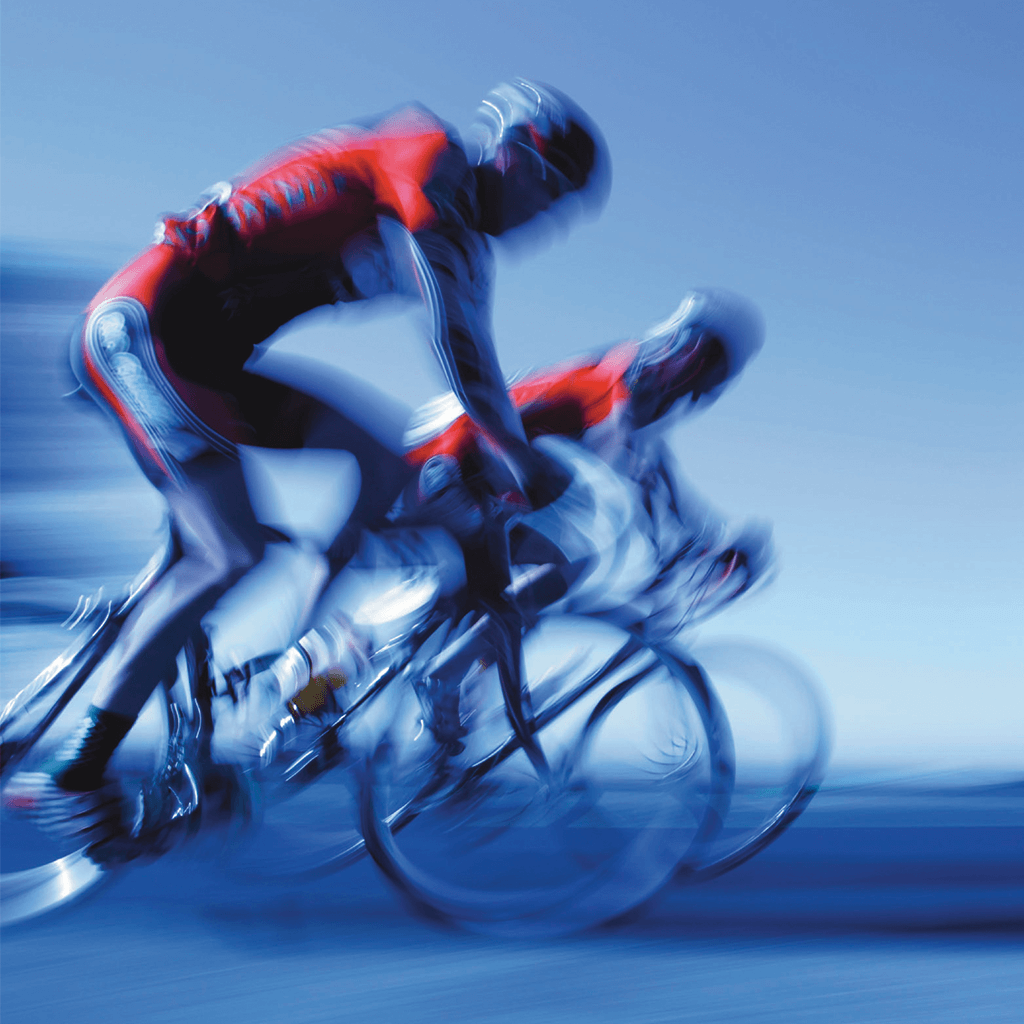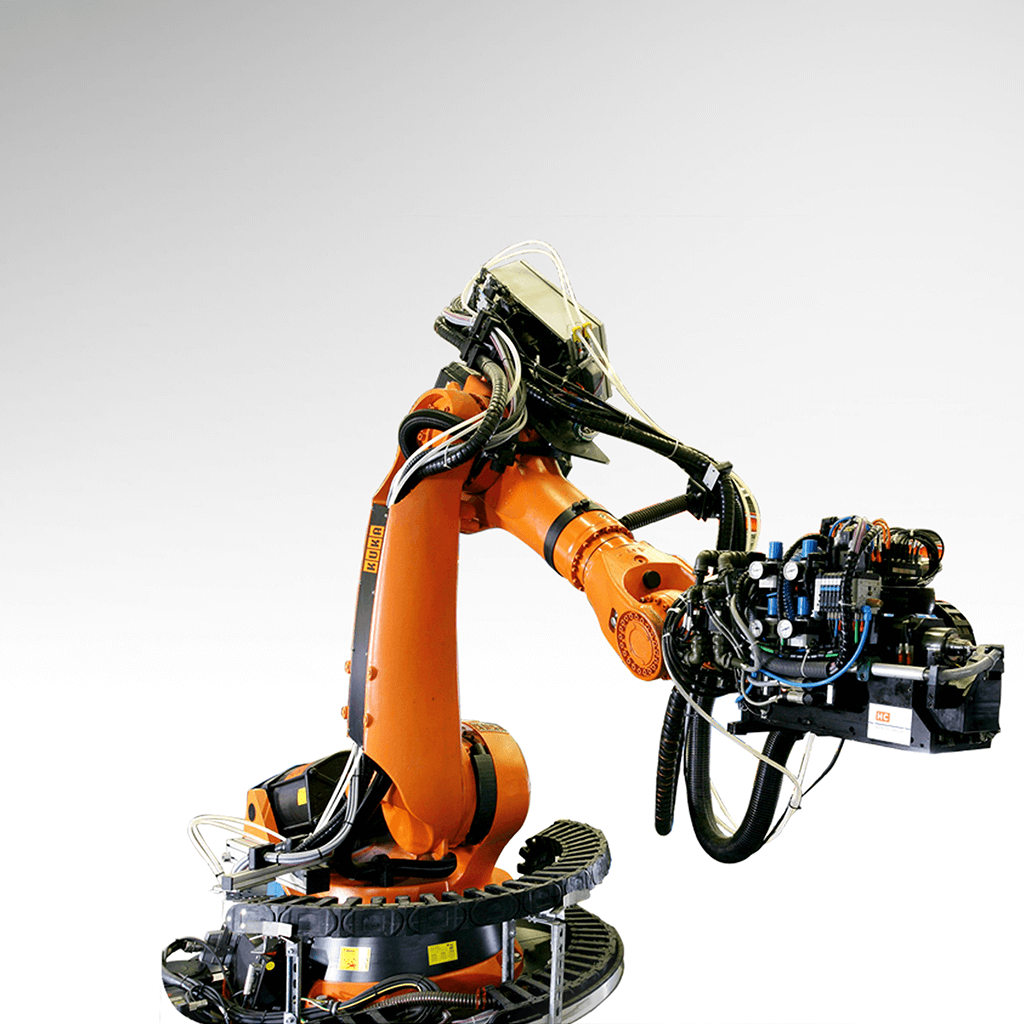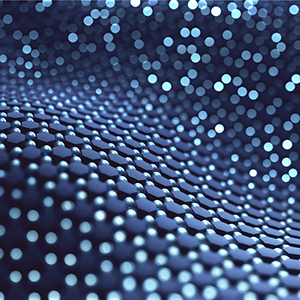Repairable composites based on epoxy vitrimer for aeronautics
The AIRPOXY project proposes a new generation of intrinsically-repairable composite materials based on an epoxy vitrimer to reduce production and MRO costs in the aeronautics industry. Specifically, this article presents a very simple and cost-effective method for repairing a typical transverse stiffener. This article has been published in the JEC Composites Magazine N°148.

Due to their inherent complex damage behaviour, structural repair is a major challenge for advanced composites in the aerospace industry. Various defects can be initiated during manufacturing and in-service. For example, delaminations in the bending radii of the stiffeners can occur when demoulding the part. Often, these delaminations cannot be repaired with existing technologies, which leads to a high scrap rate, up to 20- 30% depending on the part’s complexity.
Within the AIRPOXY EU-funded project, a very simple and cost-effective method was developed to repair this type of delamination. This was made possible by a family of vitrimer epoxy resins developed and patented by Cidetec that present reversible or dynamic aromatic disulphide bonds. These dynamic bonds provide a series of smart properties, creating a new generation of composite materials that retain their high performance, in terms of easy fibre impregnation and overall stability, while showing unprecedented new features once the material is completely cured, such as re-processability, reparability and recyclability. This is why they are called “3R composites”.
Thus, delaminations in 3R composites can be repaired by simply applying heat and pressure to the damaged area (Figure 1).

As the global aim of AIRPOXY is to reduce the production and maintenance costs of composite parts in the aeronautic sector, the project’s scope exceeded the study of repairability and also included the thermoforming and bonding capacity of 3R composites. Figure 2 summarizes the project’s concept and its main specific objectives.
The AIRPOXY project is conducted by a consortium made up of the resin developers (Cidetec), key technology providers (Leibniz- IVW as an expert in thermoplastic composites thermoforming and welding, Eurecat as an expert in RTM and LCA/LCC/HHRA analysis, Coexpair as an SQRTM process expert, the University of Ioannina as an expert in structural health monitoring techniques and Altair as an expert in process simulation software), and aircraft component manufacturers (EireComposites, IDEC and Sonaca) together with standardization experts (UNE) and an aeronautics consultancy firm (Arttic).
The 3R composite and its repair method were validated through the manufacturing of a transverse stiffener (TS) demonstrator using the RTM process, which was damaged in a controlled manner and repaired using a specific tool to apply localized pressure and heat. The main steps are described next.

Design and production of the transverse stiffener
As a first step, Cidetec formulated the 3R epoxy resin with a Tg of 170°C, taking into account three main goals: (1) producing a vitrimer resin – therefore reprocessable, repairable and recyclable; (2) meeting the aeronautical sector’s specifications in terms of mechanical and thermal properties; and (3) being suitable for the RTM process in terms of rheology and curing kinetics.
To meet the first goal, the vitrimer epoxy resin was formulated based on a dynamic disulphide exchange mechanism, which seems to be the most promising mechanism for the aeronautics industry since the operational Tg ranges of the resulting polymers are almost in line with those of current thermoset materials. The hardener selected was 4-aminophenyl disulphide (4-AFD), which is commercially available for future industrialization. To fulfil the second and third goals, the first part of the resin was formulated with a mixture of tetraglycidyl-4,4´ methylene dianiline (TGMDA) and bisphenol F diglycidyl ether (BFDGE). Combining these two monomers makes it possible to achieve the mechanical and thermal properties required by the aeronautics industry, as well as the rheology and curing kinetics needed for the RTM process.
Both the 3R resin and the 3R composite were extensively characterized to verify that the three objectives had been met. Once the 3R resin was developed, the transverse stiffener demonstrator was designed and produced by IDEC.
The transverse stiffener is a structural element with a complex geometry (combining an omega and a transverse shape, see Figure 3) about 420 mm long. It was made by the RTM process using the project materials, the 3R resin and an intermediate-modulus carbon fibre (5-harness satin woven material and unidirectional fabric). Additionally, a peel ply was added on one of the surfaces to achieve the roughness needed to bond the rest of the sub-components (skin and longitudinal stiffener).
The mould used to manufacture the transverse stiffener was divided into several parts (see Figure 4), some of which were used to overmould the carbon fibre layers. The mould was closed with screws and heated in an oven, a vacuum was applied and the 3R resin was injected under pressure (1 to 6 bars).
Then, the 3R resin was cured in a twostep cycle (60 min. at 130°C and 30 min. at 180°C) and the transverse stiffener was demoulded.
Finally, the part was trimmed (see Figure 5) and inspected by ultrasonic testing (UT).

Defining the best repair strategy
In parallel, a study at the specimen level was performed by Cidetec and Eurecat to define the most suitable repair parameters (pressure- temperature-time) and the best way to apply them on the specimen. Two solutions were considered: 1) using an autoclave, which made it possible to apply pressures of up to 7 bars and generalized heating over the entire damaged piece; and 2) using a press to apply heating and higher pressure locally, just on the damaged area.
First, delaminations were generated by impacting 3R laminate specimens in a controlled way, using an impactor tower and a hemispherical tip 16 mm in diameter to create a damage of around 750 mm². The damages were identified by ultrasonic techniques. Next, the specimens were repaired in an autoclave or press using different pressure-temperature-time conditions. Afterwards, the specimens were inspected again using ultrasonic techniques. In the cases where the results were satisfactory, the repaired areas were subjected to a microscopic analysis to confirm that they were free of defects. Interlaminar shear strength (ILSS) specimens were also extracted from the repaired areas and tested.
The best results were obtained using the press, heating the area to be repaired to 210°C and locally applying 20 bars of pressure for 20 minutes. Figure 6 compares the microscopic analysis of an impacted area (many delaminations can be identified) and a repaired area (the delaminations have disappeared), while Figure 7 compares the ILSS test results of two specimens; the first one from a reference panel and the second one from an impacted area after repair. The values showed that, although there is a slight loss in strength (21%), the elastic modulus remains unaffected.


Damaging and repairing the stiffener
At the beginning of the AIRPOXY project, the partners decided to develop a tool to repair the delaminations produced when demoulding RTM composite parts (in this case, the transverse stiffener of the fan cowl demonstrator). However, in this case, no delaminations appeared during the demoulding process and therefore, another tool was designed and manufactured by IDEC to create…
Want to read the end of this article?
Subscribe now and access to the entire article published in the JEC Composites Magazine N°148.




